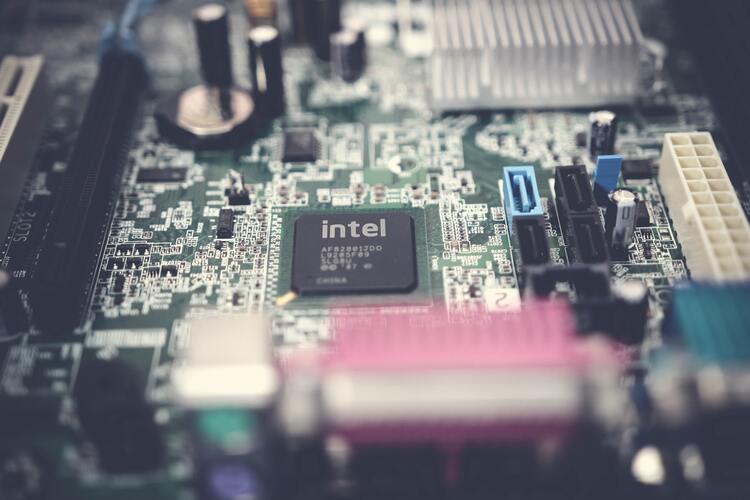Intel revenues flat as PC market sales fall but data centre sales rise
.jpg)
Intel has posted flat revenues at $19.2 billion in its third quarter, attributing the result to significantly lower sales into the PC sector, offset by rising data centre product sales.
As a result, sales for the year so far are very marginally down. However, CEO Bob Swan raised the company's outlook for the rest of the year, pointing to the growth in the company's Data Center Group - up by four per cent $6.4 billion - against analysts expectations of a fall of 8.5 per cent as proof that the company has regained traction.
Swan also indicated that the company intends to compete more aggressively in the PC market, where demand has exceeded Intel's expectations, according to Swan. "PC demand has exceeded our expectations and surpassed third-party forecasts," said Swan.
Intel is now forecasting revenues of about $71 billion this year as the company improves the supply of product to the PC market - a market that Swan admitted the company had let down with its troubled shift from 14nm process architecture to 10nm - now running more than three years late.
"We expect our second-half PC client supply will be up double-digits compared to the first half and we expect to further increase our PC client supply by mid-to-high single-digits in 2020, but that growth hasn't been sufficient," Swan said. "We're letting our customers down and they're expecting more from us."
The void left by Intel's decision to focus limited supply on the high-end server and data centre markets has been filled by AMD with CPUs based on its Zen architecture, which offer similar performance to Intel's CPUs, but at lower price points.
Next year, Intel is expected to launch its ‘Xe'-branded discrete graphics cards. The technology behind GPUs, the chips that power graphics cards, is increasingly being used for the mathematical calculations behind artificial intelligence and machine learning applications, particularly in the data centre.
While Intel has integrated graphics capabilities with its PC CPUs, the power of Intel's integrated graphics is limited compared to the technology offered by AMD and Nvidia in their respective GPU architectures.
